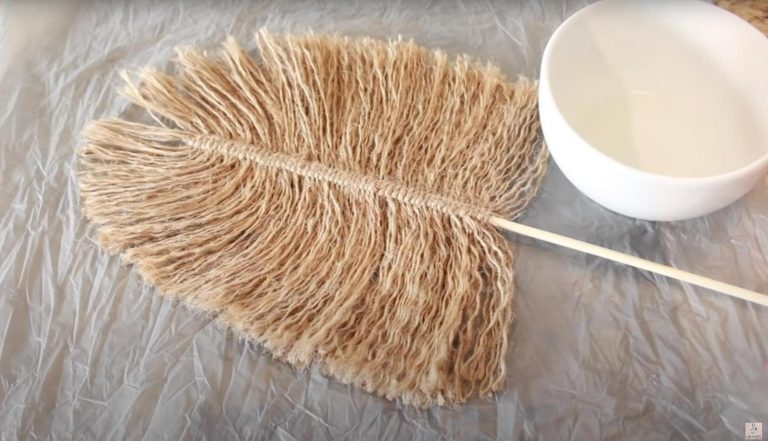Our journey through the world of natural fibers takes us to South America, across the lively fields and picturesque streets of Colombia’s artisan villages. For centuries, the fique plant has been cultivated in the region, serving as the perfect material for making handicrafts and weaving sturdy sacks to store coffee, cocoa and other goods. Today, fique continues to be cultivated and widely used, not only because of its convenient properties, but also because it is an extraordinarily sustainable fiber.
Considered Colombia’s national fiber, fique is mainly grown in the Andean departments of Santander, Cauca, Boyacá, Antioquia and Nariño, where 90% of the country’s production comes from. Fique also grows well in Venezuela and Brazil, but its main exporter remains Colombia.
The fique plant
The fique plant is part of the Agavaceae family, and the genus Furceaea. It looks very similar to its cousin, the agave plant, but the main difference lies in their flowers, as the filaments of fique flowers are thicker than those of the agave plant.
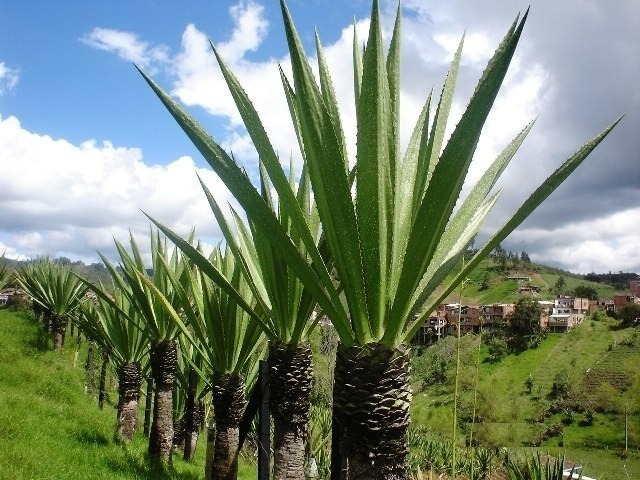
Fique plants require very little water and they thrive in arid regions where sunshine is abundant. They can reach a height over 20 feet, with rosettes of linear-lanceolate leaves growing from a 12-inch thick stem. The fiber is extracted from the plant’s leaves, which can grow over six feet long and seven inches wide.
A distinctive feature of fique leaves is their sharp points and the presence of thorns on their edges, which makes them somewhat unsafe as ornamental plants. However, when placed in open spaces with little foot traffic, they are long-lasting ornamental companions.

Success
You are now signed up for our newsletter
Success
Check your email to complete sign up
Common names for this plant include fique, cabuya, pita, penca, penco, maguey, cabui, chuchao and coquiza, of which fique and cabuya are the most commonly used among locals. Ancestral knowledge about the cultivation and use of fique for its fibers has been passed down through generations, making this abundant, native plant a staple of Colombian culture.
A brief history of fique
Before the arrival of the Spaniards, the indigenous groups of South America were already making extensive use of fique fiber to manufacture basic necessities. Garments, hammocks and ropes were some of the products made with this resistant fiber, setting a precedent for the many uses that later generations would give it.
As the use of fique became more widespread, the need for faster and more efficient techniques to produce the fiber increased. By the end of the 19th century, fique sacks were in great demand due to growing coffee exports – fique is the best fiber for storing coffee because it not only keeps the coffee beans fresh but also preserves their aroma. Large-scale production of fique reached its peak in the 1950’s and the 70’s.
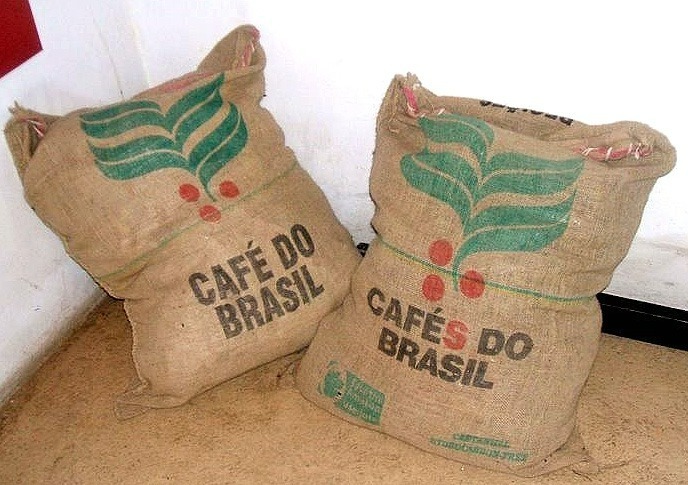
Unfortunately, between 1970 and 1975, the fique industry suffered a crisis due to the introduction of polypropylene, a type of plastic with which the same products could be manufactured at a cheaper price. Compared with sustainable plant fiber, the environmental impact of this new product was enormous.
Despite the emergence of industrial materials, fique remains the fiber of choice for traditional handicrafts, commercial items and especially for environment-friendly alternatives.
Cultivation and processing
The cultivation and processing of fique comprises several stages in which both men and women play crucial roles. From cutting the leaves to unraveling and softening the fibers, the process can involve a whole household or, in many cases, provide work for an entire village.
Leaf-cutting
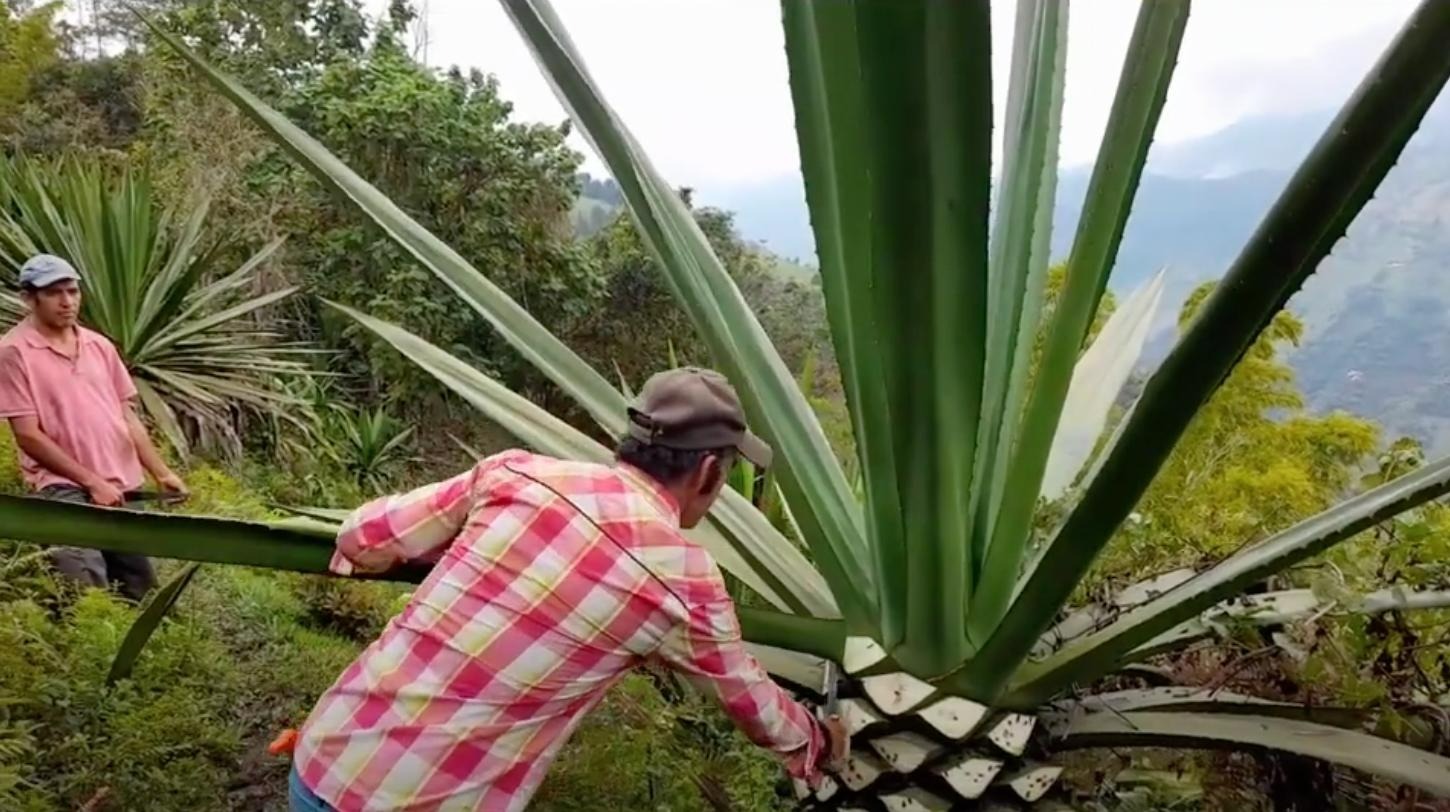
Using knives or machetes, farmers cut the mature leaves, leaving at least two inches from the base to avoid damaging the plant. Mature leaves are identified according to their size, their inclination – usually from zero to 30 degrees with respect to the horizontal – and their color. An average of 15 to 20 leaves are typically cut from each plant every year.
Leaf defibration
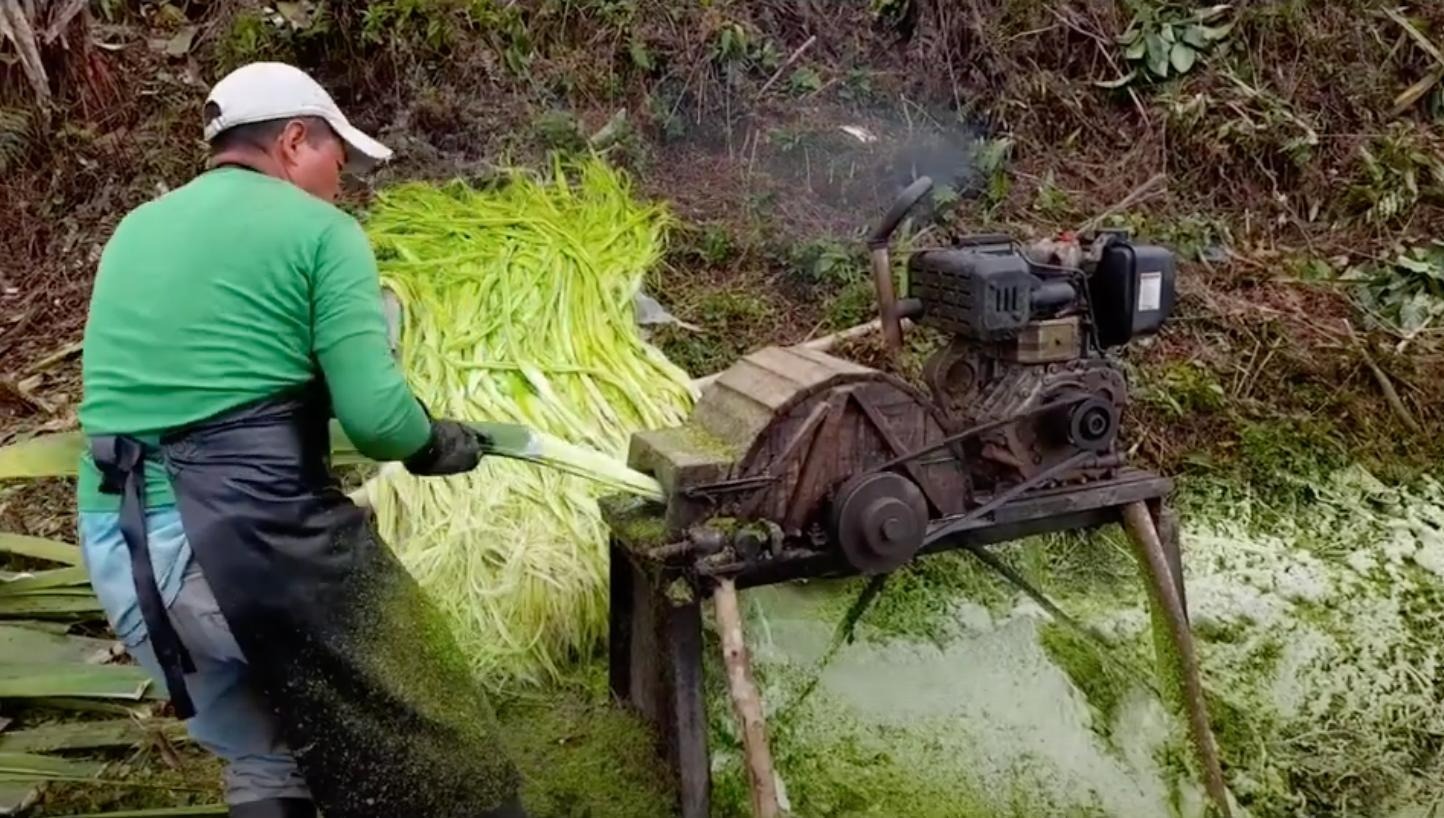
Each leaf is passed through a specialized machine to remove the sap and expose the fibers. This procedure generally takes place no later than 12 to 15 hours after cutting the leaves to preserve the quality of the fiber.
Washing and drying
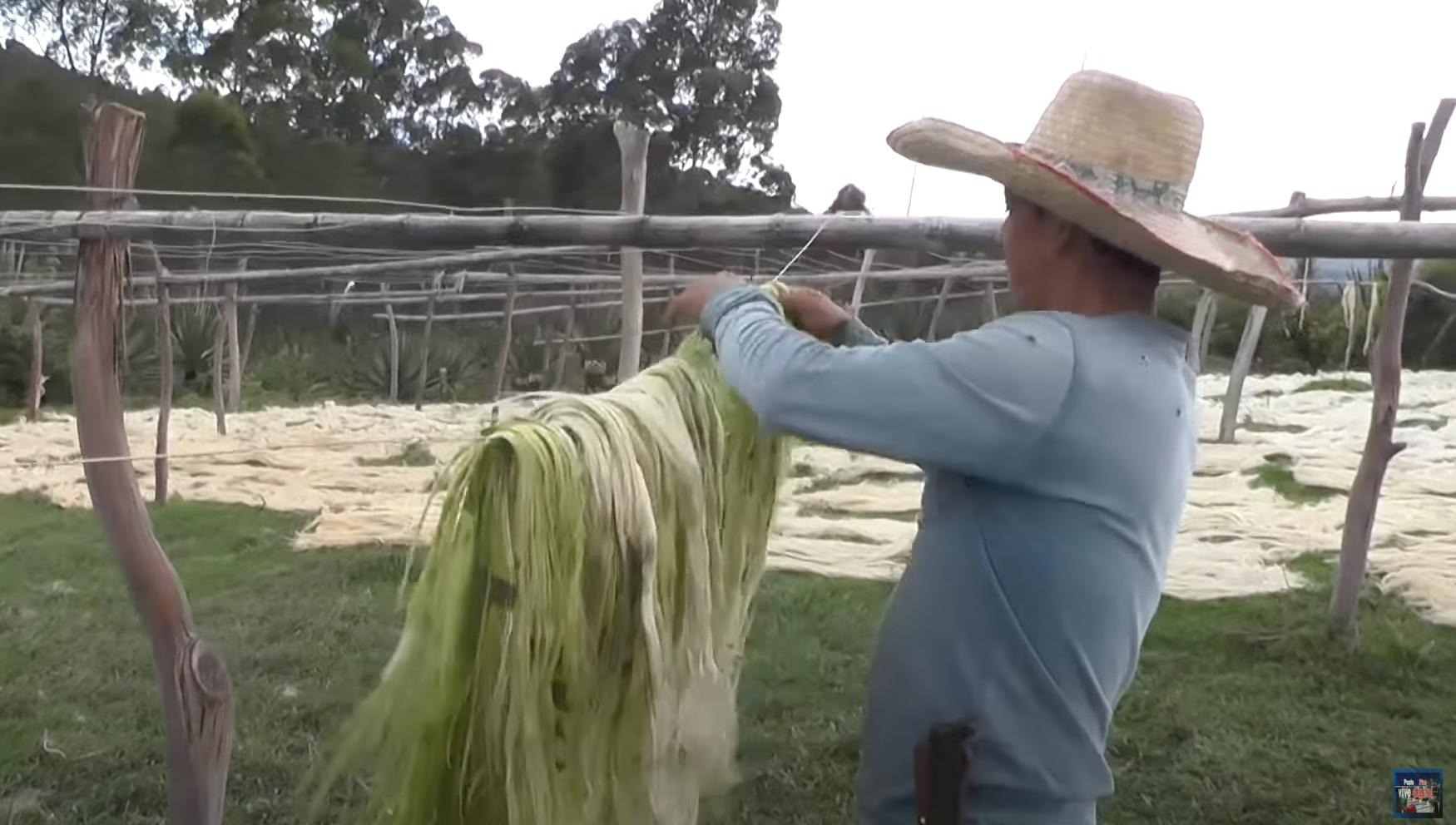
Fique fibers are washed in water tanks for 12 to 15 hours to remove any remaining sap. The fiber is then spread out on a “secadero” – a structure similar to a clothesline – or placed on rocks in direct sunlight. It is left to dry for one to three days, during which time it will change from green to yellow. Longer exposure – combined with a good breeze at night – will cause it to turn from yellow to white. The fiber is then collected again and packed into bundles.
Fiber brushing
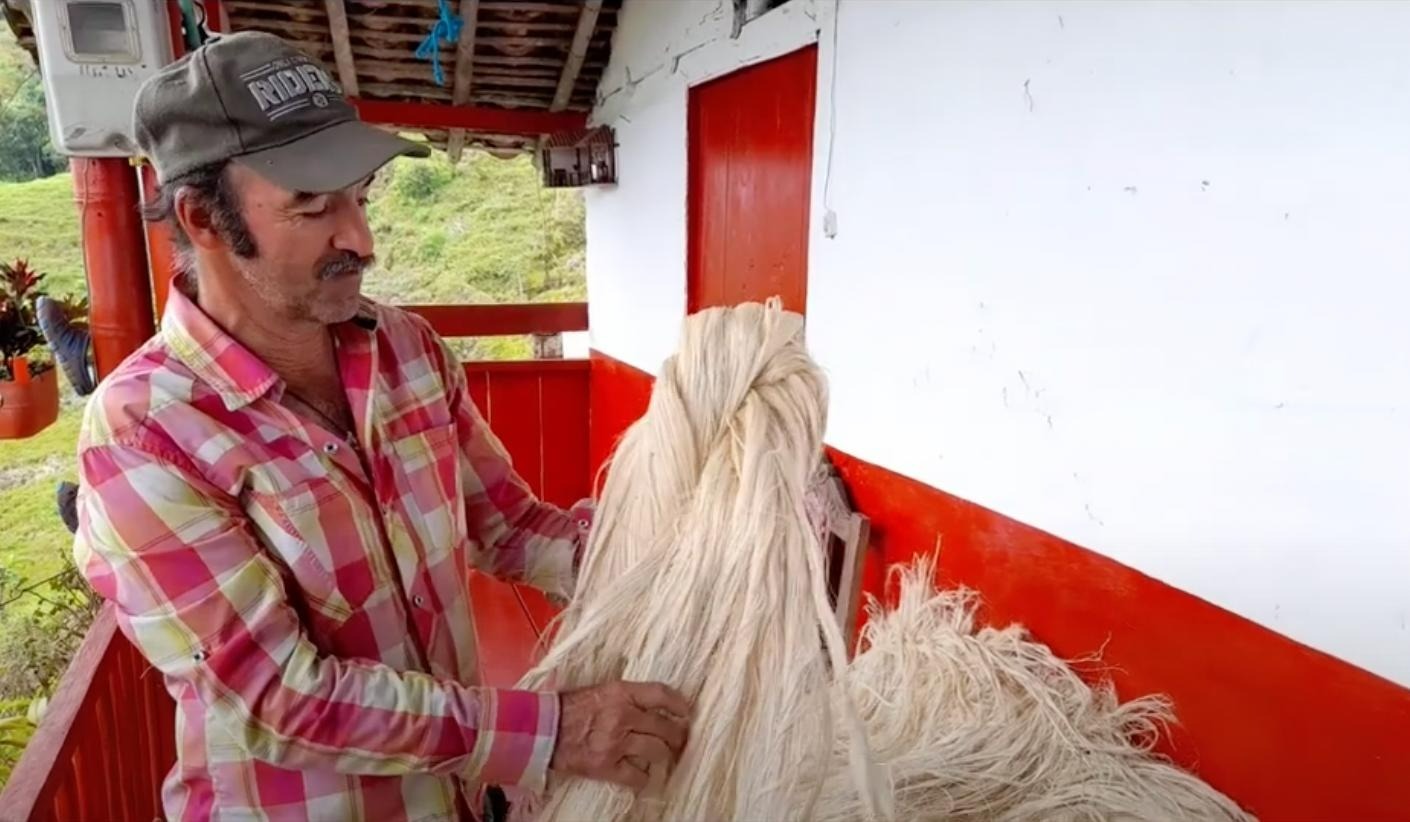
Brushing is the first step carried out at the producer’s facilities. The dry fibers are passed several times over a surface filled with sharpened sticks. The objective is to untangle the fiber and soften it with the application of vegetable fats.
Dying (optional)
If the fique fibers are to be used for handicraft products, they may be dyed with bright colors. Dying calls for the fibers to be boiled for about five hours in a mixture of dyes, water, salt and fixatives. Afterwards, the fiber is washed, dried and brushed again.
Spinning
To make a usable thread or yarn, the fiber is spun on a spinning wheel or a spindle and a distaff. The twisted fiber can then be sent to the loom or used for needlework.
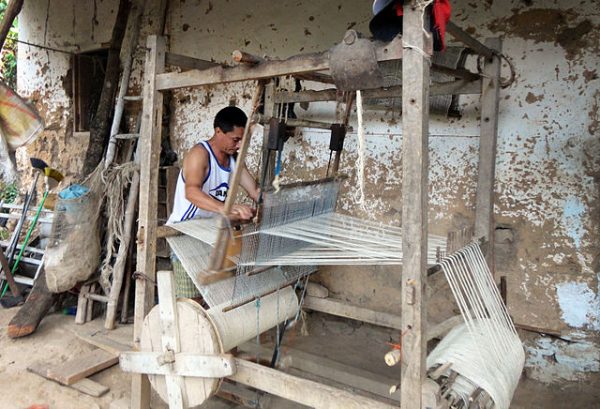
Culture and tradition
Beloved by Colombians, fique and its processing are essential elements of their culture and traditions. The celebrated Colombian author Manuel Mejía Vallejo, described fique in his literary works as “a plant that lets itself be loved.”
The plant has its own dedicated festival in Antioquia known as Fiestas tradicionales de la Cabuya (Traditional Festivities of the Cabuya). It has also inspired the name of a village in the Colombian department of Arauca, as well as the name of a rock band from the department of Santander.
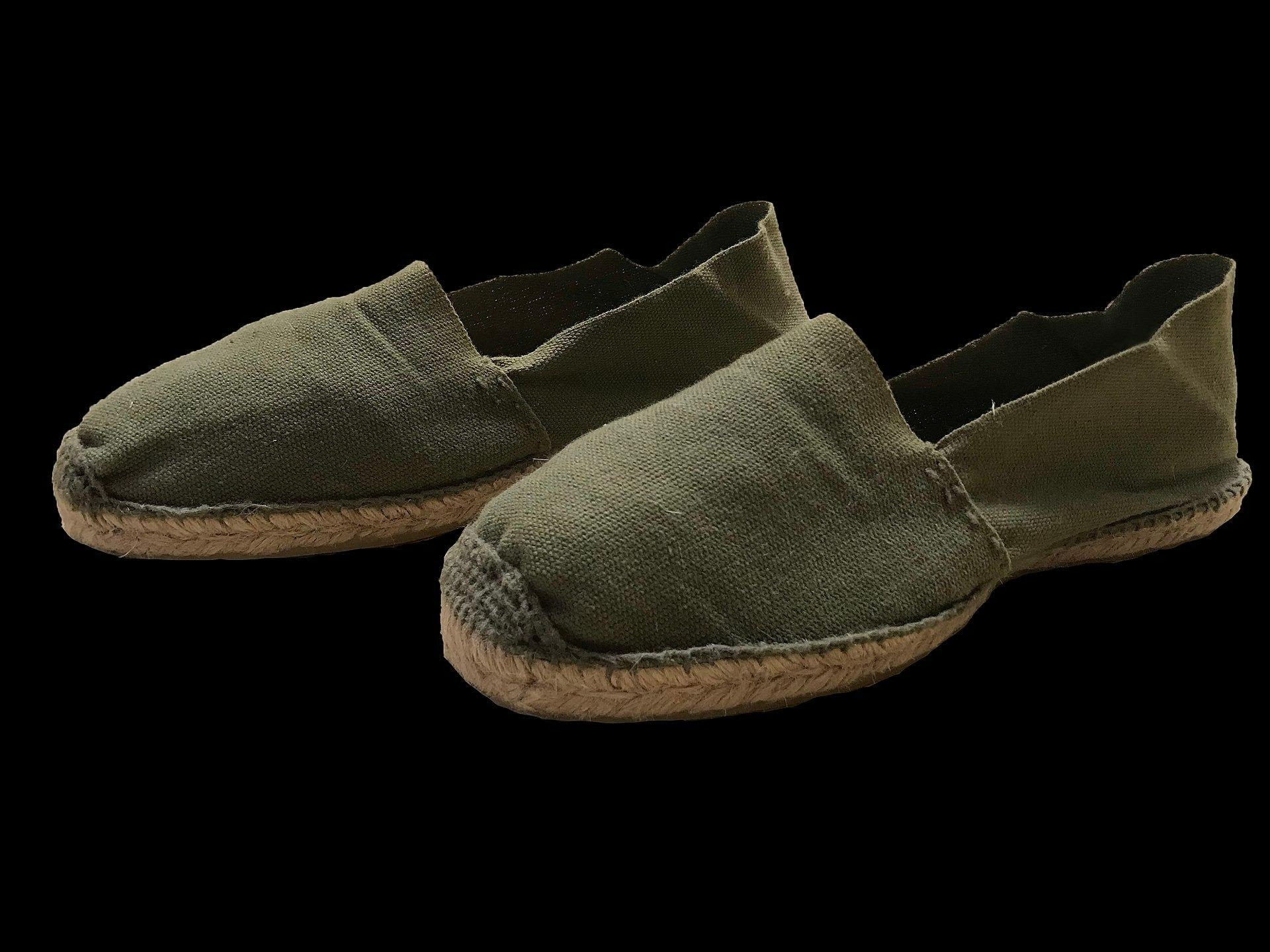
But among the many cities, towns and villages that produce the fiber, none embraces this heritage as much as the town of Curití, Santander. The name Curití comes from the word quiti in the language of the Guane people and means “place of weaving looms.” This aboriginal group was described in texts written by Spaniards at the time of colonization as being very skilled in cotton and fique textile weaving.
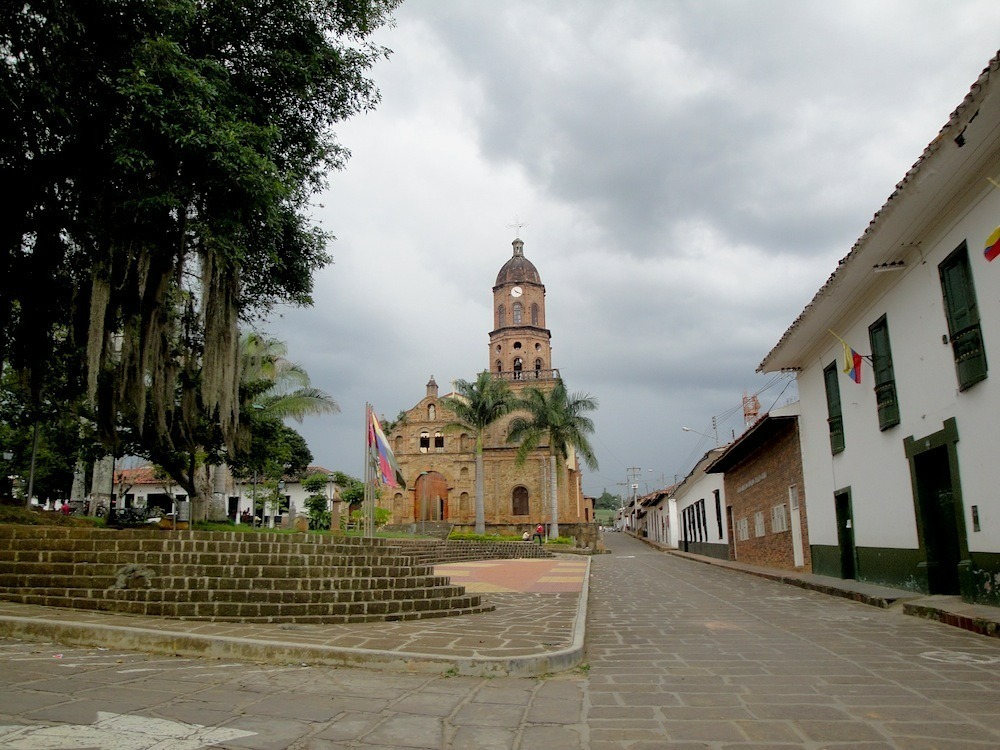
Curití is home to the largest number of artisan families dedicated to the art of working with fique. Known for their exquisite fique rugs and other fique crafts, these families have made fique their main source of income while preserving an ancestral tradition that continues to be treasured today.



